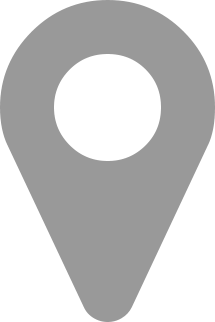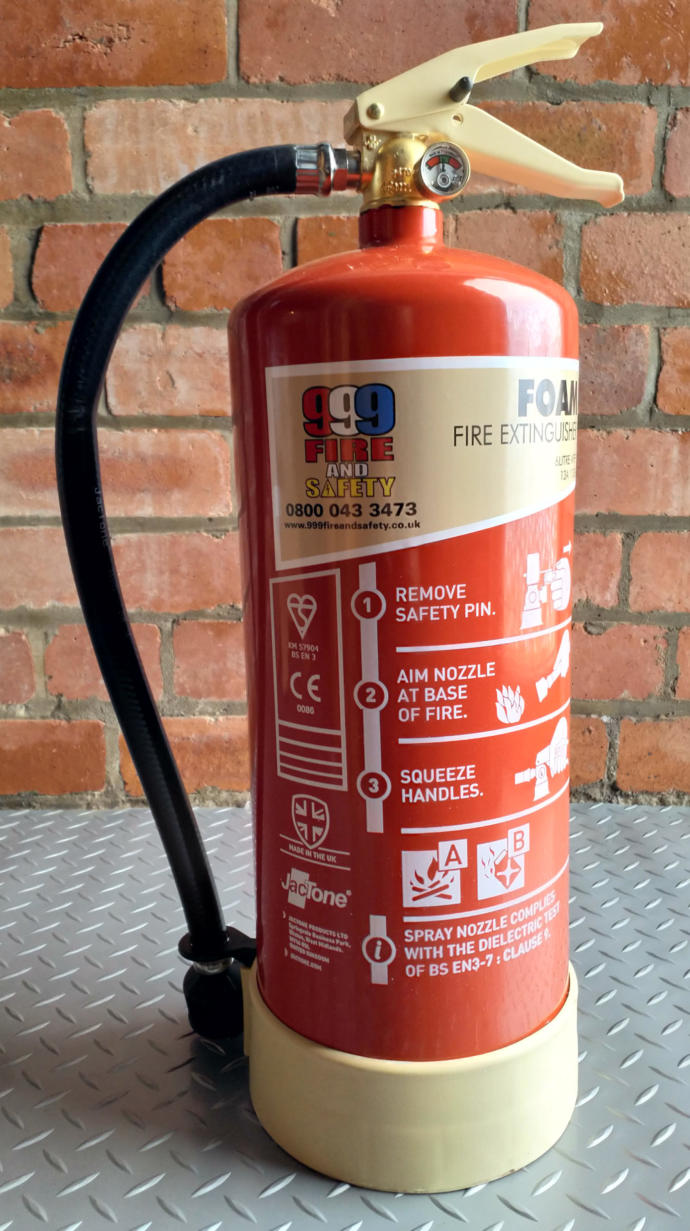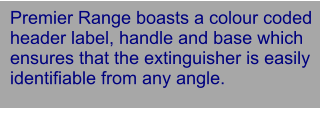Address:
999 Fire and Safety Ltd
West Thorngarth Hill,
Baldersdale,
Barnard Castle, County
Durham,
North East England,
DL12 9UU
United Kingdom

Telephone:
01833 690 123
0800 043 3473
01325 78 70 70
Website created by © 999 Fire and Safety
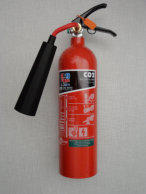
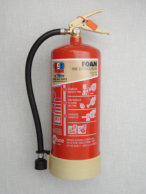
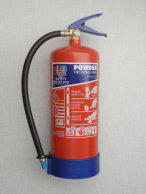








How do you use a Fire Extinguisher?
•
If in Doubt sound the alarm, exit the building and telephone 999 to
call the fire brigade.
•
Remember that life is more important than property, so don't place
yourself and others at risk.
•
Never attempt to use a fire extinguisher on a fire unless you feel it is
safe for you to do so.
•
Before using a fire extinguisher, ensure that there is a clear exit for
escape.
P Pull the pin on the fire extinguisher
A Aim the hose nozzle low towards the base of the fire
S Squeeze the handle to release the extinguish-ant
S Sweep the nozzle from side to side at the base of the flames until
extinguished
•
Remember Pull, Aim, Squeeze and Sweep

Water Fire Extinguishers
are one of the most popular and cost
effective of all available fire extinguishers,
but limited to only A class fires. Water fire
extinguishers produce a powerful jet
enabling the user to fight a fire from a
longer distance.
BS EN3 colour code: Red label
Foam Fire Extinguishers
extinguish fires by providing a film of foam
over the fire, which starves the fire of oxygen
and cools the fire using the water content in
the foam. The layer of foam applied to the
source of fuel helps to prevent re-ignition
after the fire has been extinguished.
EN3 colour code: Cream label
CO2 Fire Extinguishers
(carbon dioxide) are suitable for use on live
electrical fires and flammable liquids and work
by displacing the oxygen. CO2 is the cleanest
extinguisher agents and leaves no residue
behind, the main disadvantage is that once the
gas has dispersed the fire may re-ignite.
EN3 colour code: Black label
Dry Powder Fire Extinguishers
is a multi-purpose fire extinguisher that can be used
on A, B and C classes of fire. It works by
blanketing the source with an inert solid, to coat
the fuel and smother the fire. Powder extinguishers
should not be used in confined spaces where there
is a risk of inhaling the powder.
EN3 colour code: Blue label
Wet Chemical Fire Extinguishers
are especially designed for use in commercial
kitchens, involving burning oil and deep fat fryer
fires (class F). On application the contents provide
a chemical reaction to the fuel, sealing the source
and preventing re-ignition.
EN3 colour code: Yellow label
Fire Blankets
are are made of fire-resistant
materials and are very effective at
smothering the fire and denying it
oxygen but has to cover entire
burning area.
Which Fire Extinguisher?

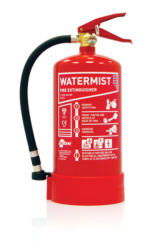
NEW Watermist Fire Extinguishers
Using ground breaking technology the extinguisher
creates a microscopic mist curtain to reduce the oxygen
around the fire, extinguishing the flames and creates a
cooling blanket on the fire.
Ideal for use in commercial kitchens, involving burning
oil and deep fat fryer fires (class F) and when there is a
risk of live electrical equipment.
EN3 colour code: Red / White label


